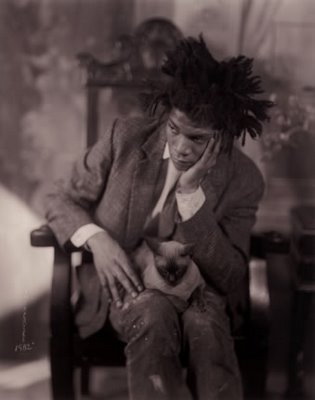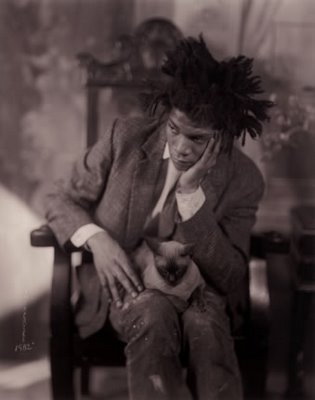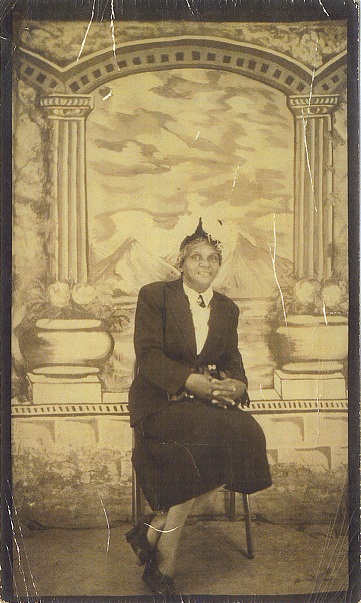
Camera Lucida
Classes have begun! I had been looking forward to “Art as Discourse” for the merits of analytical and critical thought and discourse. One of the first readings for this class is an excerpt from Roland Barthes’ Camera Lucida: Reflections on Photography. I appreciate the poetic way in which he presents his philosophy.
What stood out most to me in this reading of Barthes’ Camera Lucida was the idea of an “air” in photography — something captured in the image of a face, “that exorbitant thing which induces from body to soul.” This idea, I believe, is what attracts me to old photographs, even of people that I do not know. These photos have always held for me a type of magic that is capable of preserving a moment in time, able to make concrete the idea that “this has been.” The photo of Basquiat by James Van Der Zee (pictured above) is, to me, a perfect example of this idea.
Now that I have been introduced to an eloquently formulated concept of this captured “air,” I believe that this is the quality that arouses my interest in studying these old photos. It is not just a moment in time that has been captured, but rather the essence of that moment held within the “air” of the person pictured. I think that is magic.
I have a small collection of photos of my maternal grandmothers, going back several generations, which definitely carry this essence. I have been studying these images to uncover the stories that are held within them. If these images do truly reveal the essence of the women presented in them, then I believe that the stories of these women can be un/dis/covered through those photos. I am currently working to unearth these stories and bring them to life through words, sounds, and images.
Perhaps a deeper revelation could be gleaned through the conscious recognition of what Barthes refers to as the punctum (poignant detail) which reveals itself in these photos. Because these pictures are personal to me, that detail may very well be held within my own internal connection that can’t be so easily pointed to as say, her hat and shoes. Perhaps, because I am connected by lineage to the person represented in the photo, it is genetic memory which punctuates my desire to know more. Barthes describes how a photo that captures a landscape can induce in one a desire to inhabit the place depicted. I find, in these photos of my grandmothers, a longing to inhabit their stories in a way that seems to “carry me back to somewhere in myself…”
I am looking forward to participating in the class discussion around this reading and sharing more of my musings on the readings in this class with you.


